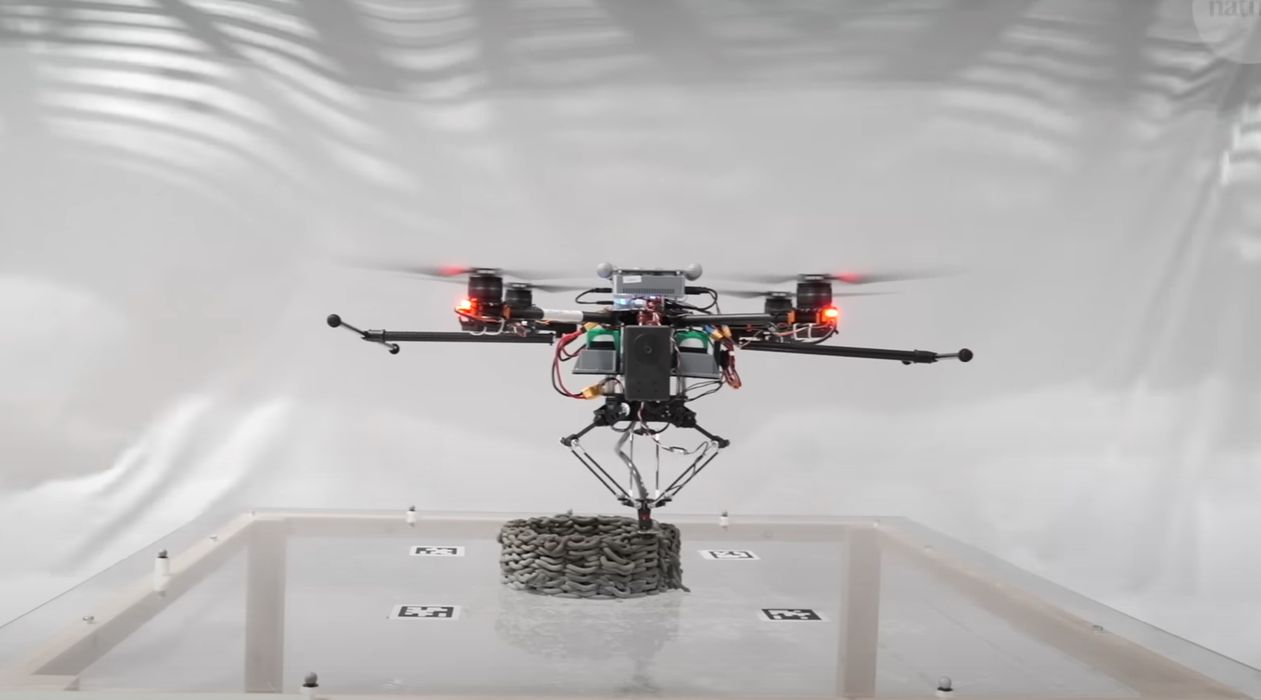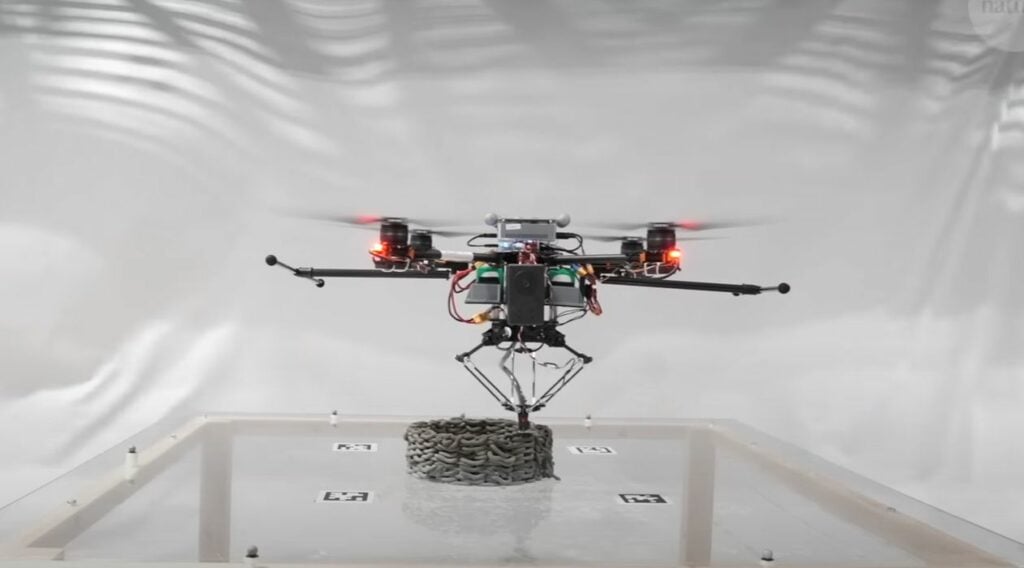
New research has proven it is possible to use drones to 3D print large objects.
Up to now 3D printers have been what you might call “ground-based printers”. These would be mechanical or robotic systems that sit on the ground and move their toolheads around to build 3D objects.
In some rare cases there has been experiments with mobile 3D printers, but this is problematic because when the device repositions, it must somehow recalibrate its location in 3D space to continue the print job.
Now imagine doing that repositioning every millisecond with a drone holding the toolhead.
Yeah, this is complex.
Nevertheless, researchers from Imperial College London and other institutions have now achieved this goal, as you can see in this video:
The major problem encountered, as you might have expected, was finely positioning the toolhead. The drone itself was not sufficiently stable to do this on its own. This may seem strange as drone videos seem quite smooth, but that’s an illusion because the videos are taken from great distances, while the positioning requirements here are in millimeters.
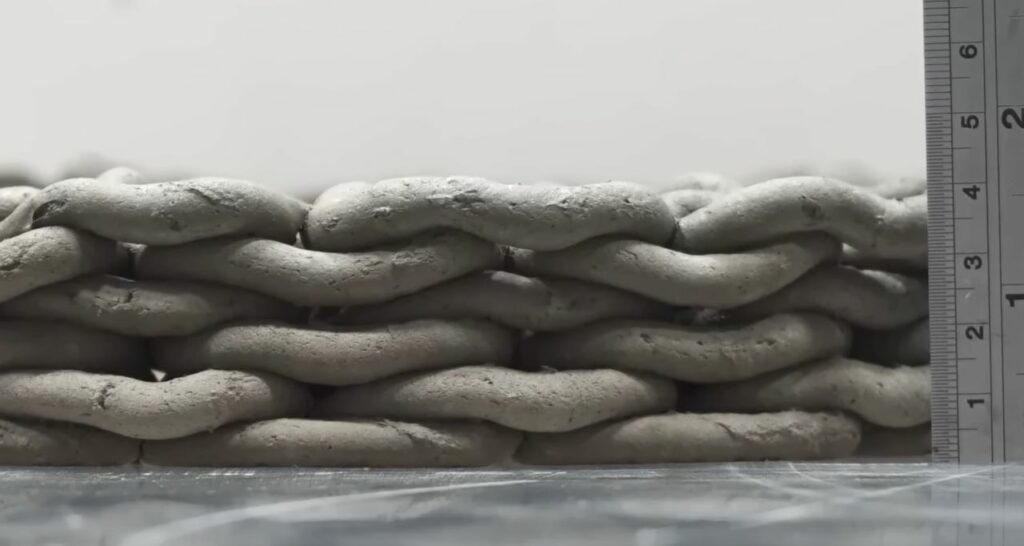
The ingenious solution developed was to add an independently moving toolhead platform that would compensate for the slight movements of the drone. You can see how this platform wiggles appropriately in the video above.
The other problem to solve was weight. Drones are not particularly strong, so the materials carried aloft must be lightweight.
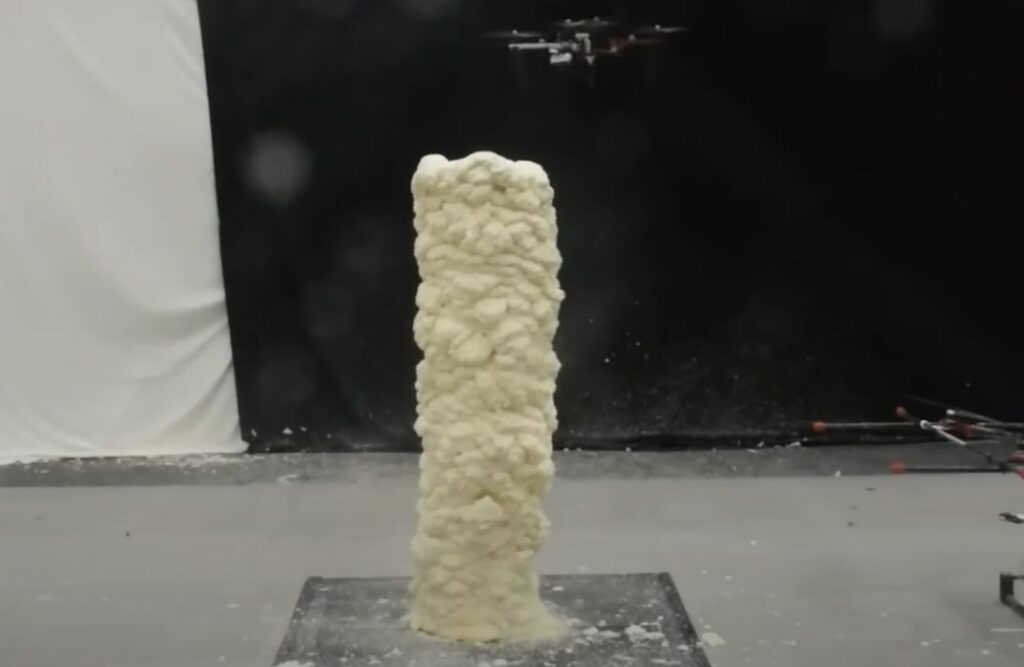
One solution developed by the researchers was a foam-based material that would expand and solidify upon deposition, which raises the “build volume to weight” ratio. Another solution was a lightweight concrete-like material that would solidify after deposition.
Regardless of these innovations, drones still don’t have much capacity. A single drone might carry a few hundred grams of material at most, and that won’t build very much.
However, that should not be a problem in the long run. The plan here is to use not one, but multiple cooperating drones to simultaneously work on a print job.
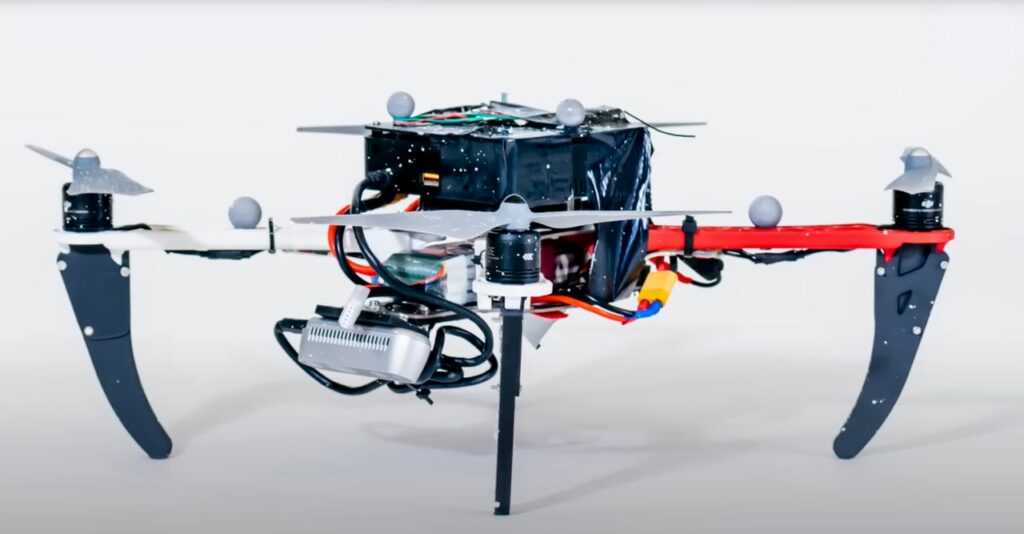
This is done by using an additional drone that 3D scans the build site to ensure the network of drones understands exactly where structures are located and the state of the build job. Below you can see an image of how this is to be done with a simulated build involving actual drones.
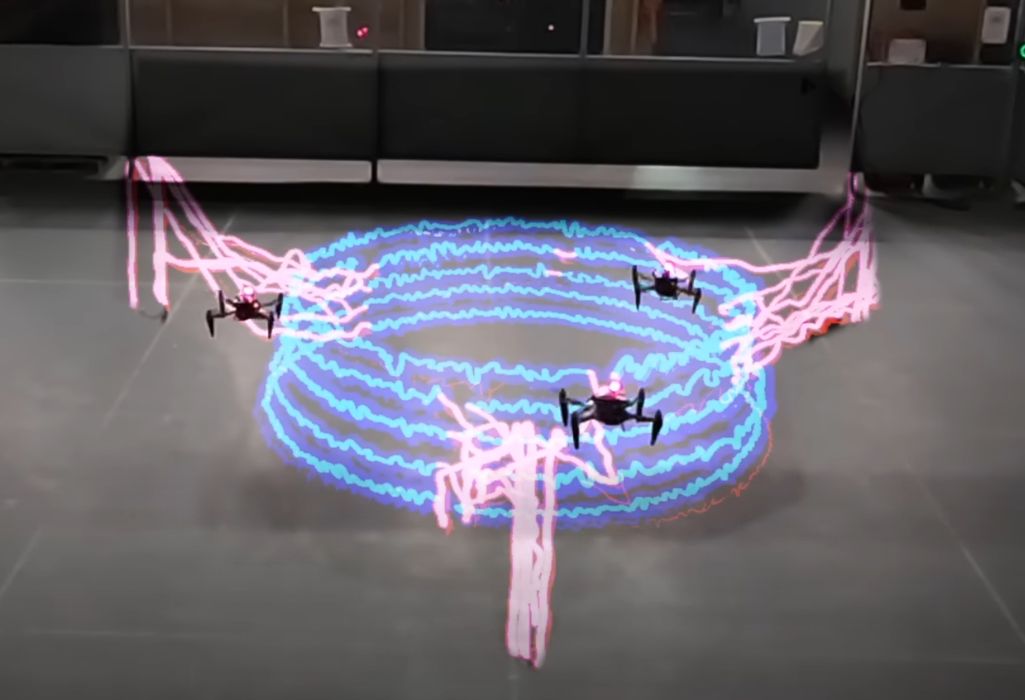
Imagine how this might play out: a build site is surveyed by a scan drone to establish the “build surface”, and then not one, not a dozen, but a swarm of a hundred drones are released to do the work from a truck. As each drone expends its payload, it returns to a nearby depot truck to load up more material. It returns back to the build site and continues on in an appropriate sequence according to the current build state.
In such a scenario, you would have a portion of the drones actively building, another portion loading new material and a third group traveling between the build and the depot. It would be the most amazing 3D printing sight you’d ever see.
This is an incredible development that if perfected could revolutionize construction 3D printing. I don’t see it affecting current desktop 3D printing, as that’s pretty mature at this point. However, for building outdoor structures, particularly in remote areas where it is challenging to erect today’s enormous construction 3D printers, drones might prove very useful.
Via Nature

